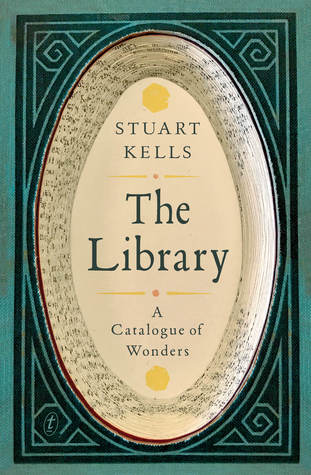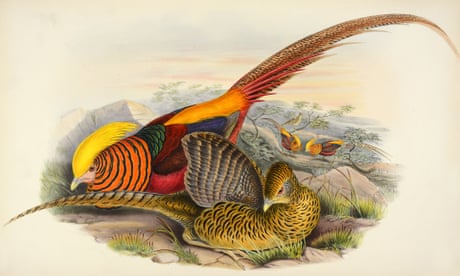
The story of Alessandro de Medici, Duke of Florence (r.1532 - 1537).
Having read much about the de Medici, I was instinctively drawn to this tome about one of the more obtuse characters and another case of where fact far outstrips fiction.
Born on the wrong side of the blanket, Alessandro emerged on the tempestuous political scene of Renaissance Florence at the same time as another incorragable character - his kinsman and bitter rival, Ippolito.
Florentine politics was dominated by family, money and the Church - these were the main avenues of power, and the de Medici had all three in spades. And it was against this backdrop that bitter and bloody family rivalries were played out along side the scheming intrigues of the city's oligarchs, who strove to keep power out of the hands of the de Medici.
The de Medici, however, were favoured by the Church - first, Giovanni de Medici (Pope Leo XI) and then the equally illegitimate Guilio de Medici sat upon the papal throne as Pope Clement VII (whose son he was reputed to have been). Like most nepotistic popes, Clement was able to obtain a Cardinal's hat for Ippolito (much to his chagrin for he also wanted to rule Florence), and a politically advantageous marriage for Alessandro (to the illegitimate daughter of the Holy Roman Emperor Charles V). What we have now is a powerful ruler, whose illegitimacy in no way proved to be a political barrier.
From extensive research, Fletcher successfully debunks many of the myths surrounding this enigmatic man. We find that Alessandro, far from being a fool, a cruel tyrant, a murderer (as his was often portrayed), was scholarly, engrossing, charming, and a patron of the arts. We also find that the colour of his skin was in no way an issue during his own lifetime for his friend and foes alike - that came much later. His life was indeed full of feuds, assassinations (including his own at the hands of yet another de Medici cousin), duplicity, jealousy and betrayal - that was merely business as usual, and was no different from other parts of Renaissance Europe.
Fletcher provides a sympathetic work of a forgotten and much maligned prince. The writing is dramatic, yet entertaining, suspenseful, and accessible. A worthy addition to anyone's personal library.



















